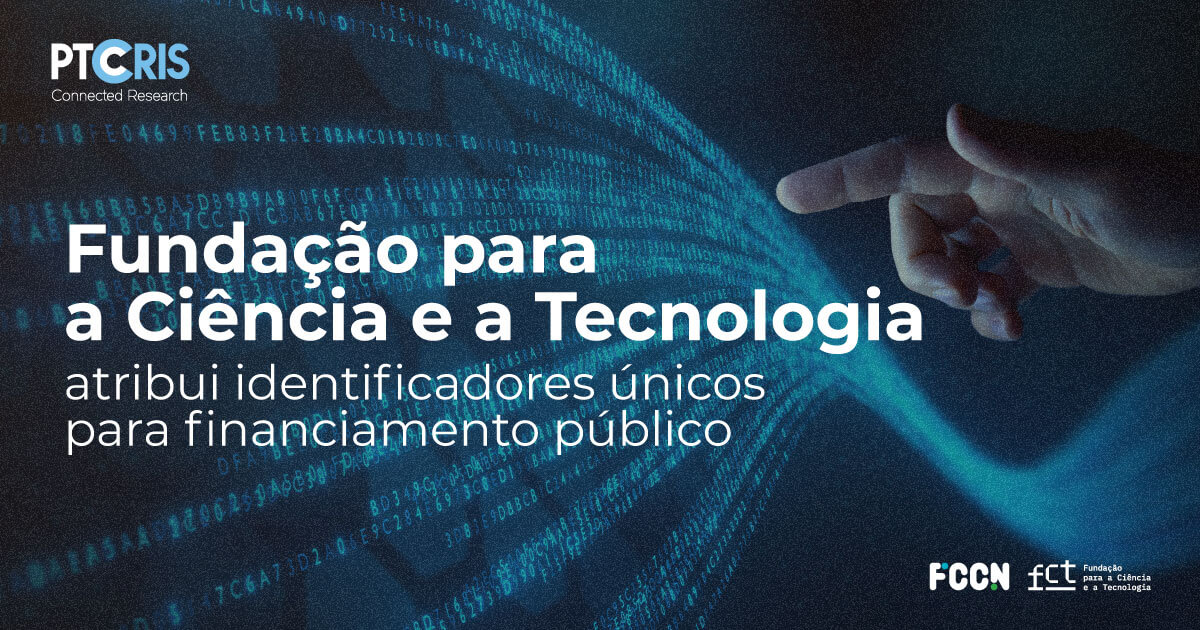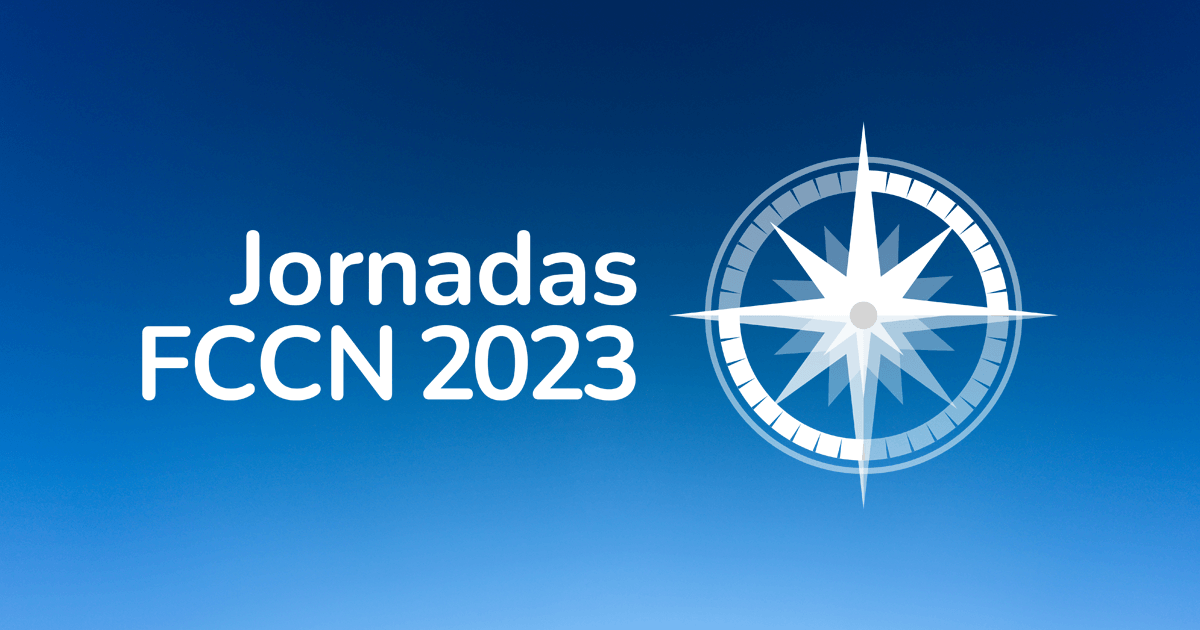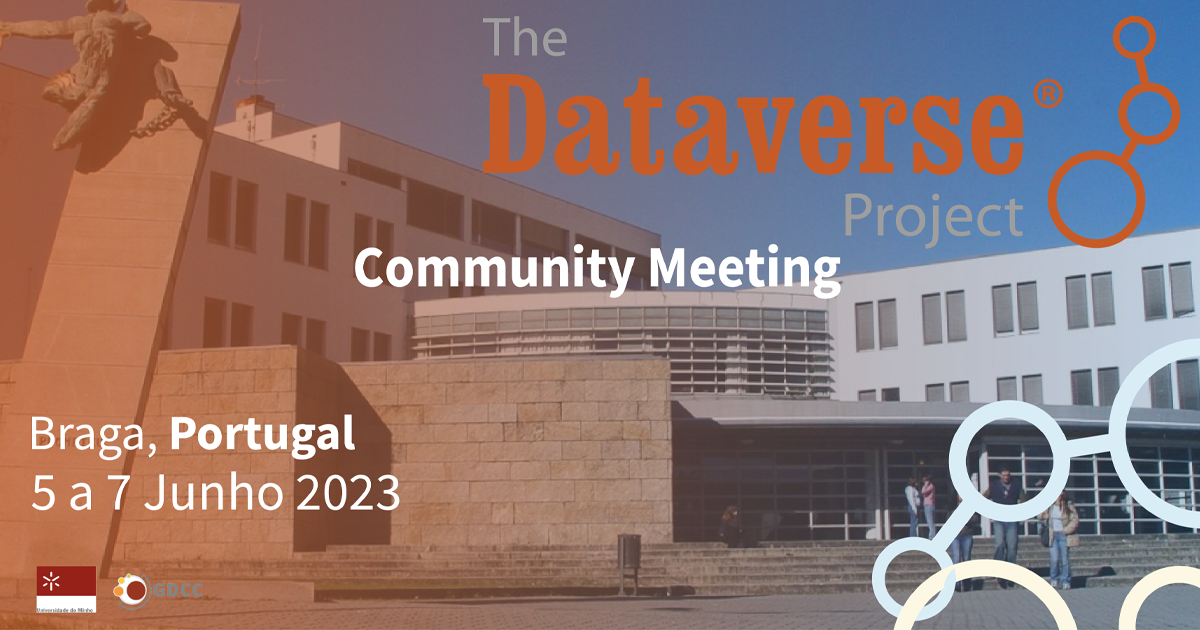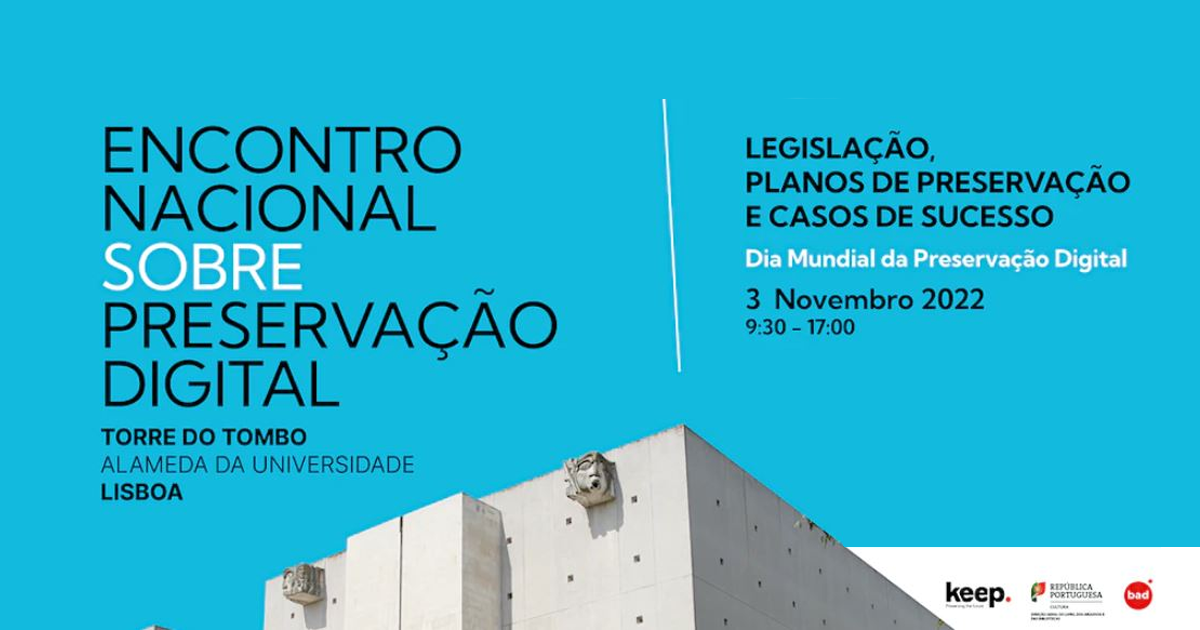

More and more people are talking about the importance of making research results available in open access, thus obtaining increased visibility for scientific production and authors, and thus enhancing scientific cooperation and the advancement of science.
However, there are still many questions about what actually constitutes open access. A frequent misconception is the confusion between the terms open access and open access. Open access allows access to a given content, without restrictions and at no cost to the reader. Open access is immediate free access, plus the possibility of reusing that content, for example by adapting it, summarizing it, completing it, distributing it, etc. This possibility is conferred by applying a Creative Commons license license to such content, and which ensures that the author retains the rights over the published content.
Creative Commons licenses are based on an alternative model to traditional copyright, giving the author the ability to define how he wants his work to be used by others while retaining his copyright, i.e., not assigning it to the publisher.
So, for example, making an article published in closed access available on an author's personal web page is a way to realize free access to that content, but it is not true open access, because the rights to that content have been assigned to the publisher at the time of publication.
There are several types of Creative Commons licenses, but the preferred one is the CC BY license, because it is the least restrictive and allows the greatest degree of flexibility in the use of the article (for example, it allows you to publish it on the Internet, distribute it to students or colleagues, create a derivative work, translate it, etc.). This license is thus the one that most accelerates innovation and the progress of science. Despite its scope, the CC BY license includes the most important element for an author, which is the recognition of authorship.
Other Creative Commons licenses, namely CC BY-NC, CC BY-ND and CC BY-NC-ND licenses, are less advisable, since they restrict the possibility of using the content, preventing its commercial use and/or the creation of derived works (for example, a translation). However, it is relevant to mention that these licenses have legitimacy in specific cases, for example in cases where there is a special concern with maintaining the integrity of the work, such as its use out of context or a faulty translation.
The author should therefore make a careful evaluation of each case to ensure that when publishing an article in open access, he or she selects the license that is most appropriate for him or herself and for Science.











